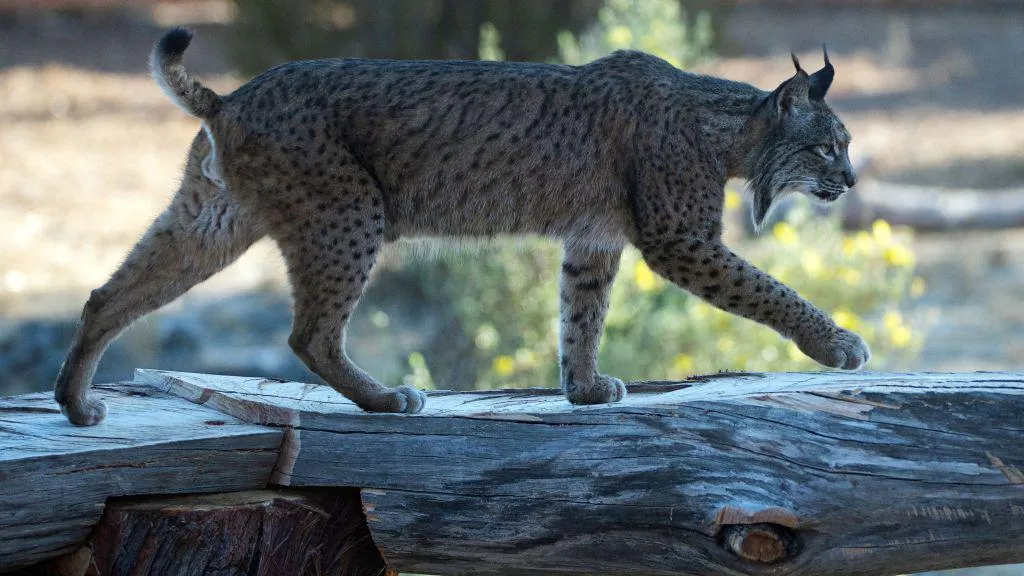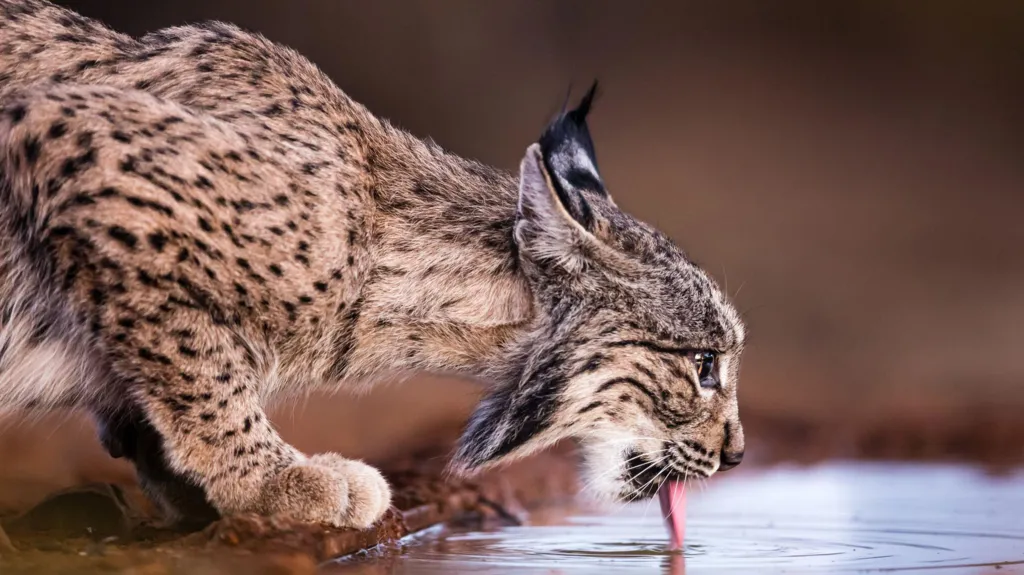The Iberian lynx, one of the world’s most endangered cats, has achieved a remarkable recovery, moving from “endangered” to “vulnerable” on the International Union for Conservation of Nature’s (IUCN) Red List. This reclassification comes after a significant increase in population, growing from just 62 mature individuals in 2001 to 648 in 2022. Today, the combined population of young and mature lynxes is estimated to exceed 2,000 individuals.
Native to the Iberian Peninsula, encompassing Spain and Portugal, the Iberian lynx faced a steep decline starting in the 1960s due to factors like habitat loss, poaching, and road accidents. However, concerted conservation efforts have turned the tide. Programs focused on bolstering the lynx’s main prey, the endangered European rabbit, have been pivotal. Additionally, initiatives involving the release of hundreds of captive lynxes and restoration of scrublands and forests have contributed significantly to the species’ recovery.

Francisco Javier Salcedo Ortiz, leading the conservation efforts, hailed this as the most successful recovery of any cat species through conservation. Despite these gains, he stressed the importance of ongoing efforts to ensure the lynx population’s sustainability and continued recovery. Plans are underway to reintroduce the Iberian lynx to new areas in central and northern Spain.
The IUCN reports that the lynx now occupies a significantly larger area, expanding from 449 sq km in 2005 to 3,320 sq km today. However, the agency warns against complacency, citing ongoing threats such as diseases transmitted from domestic cats and potential setbacks from poaching and road accidents.
Established in 1964, the IUCN Red List remains the most comprehensive global database on the conservation status of species, encompassing animals, fungi, and plants.
